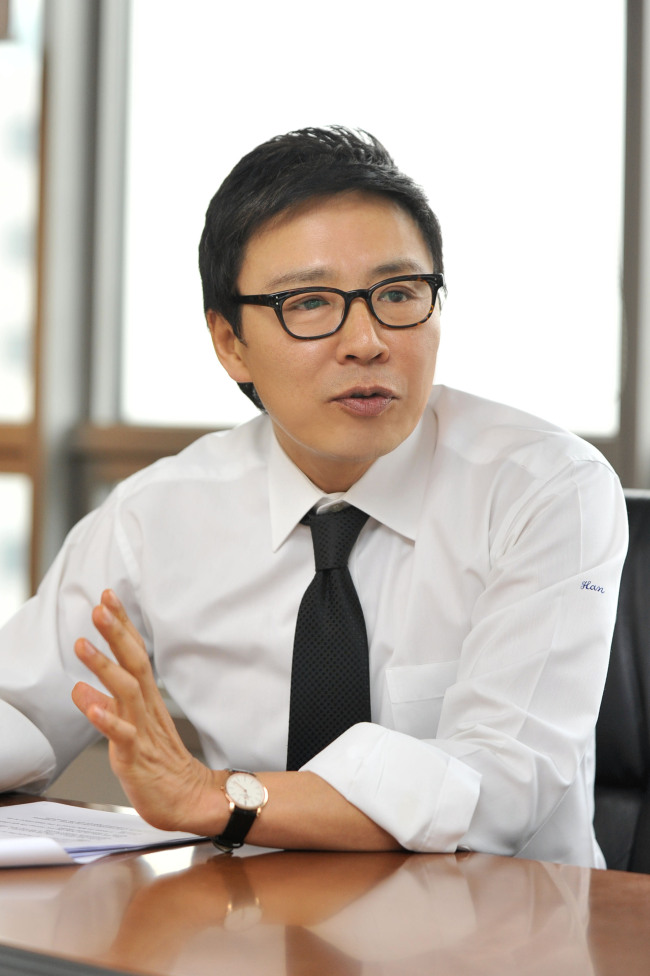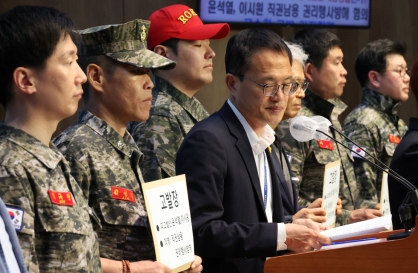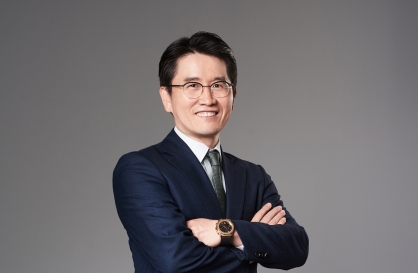M&As, alternative investment key to growth momentum of firms, finance
By Chung Joo-wonPublished : July 1, 2013 - 20:13
Global economic uncertainty is growing. Japan saw the dollar pass the 100-yen mark in early May but faces a dilemma with the slowdown of the real economy and rising interest rates.
China is also experiencing difficulties with provincial debt of 172 trillion won ($150.6 billion). The United States is hinting at a departure from quantitative easing even though the prospects for economic recovery remain unclear, casting gloom over the global economy.
In these uncertain times, the Korean government proposed a blueprint for creative economy on June 5. Focusing on six strategies and 24 tasks, the key is to find a new engine by facilitating start-ups and technology ventures with the development of a start-up ecosystem and venture funds.
What the Korean government must consider is that growth opportunities should be continuously provided for existing companies and the financial sector.
Efforts to create a growth cycle of companies and finance that lead to new investment, job creation and yet more investment is required for the sound growth of the Korean economy.
Global M&A opportunities
The reserve ratio of 656 listed Korean companies has reached a record high of 892.6 percent.
The price-to-book ratio of Korea also stands at 1.08, which falls short of the United States’ 2.5. Korea’s return on equity is at 9.3 percent, even less than the 10-year average of 12.8 percent.
This shows that companies’ investment has slowed, and that accumulated cash assets are not going into long-term corporate growth.
Global mergers and acquisitions could be a solution. Taking over core technology, brands, distribution networks and production facilities by investing in global assets could ensure new growth momentum.
At the end of last year, Korean company S took over a distribution network in Italy to succeed in entering the European market. Company O, which produces electronic components, took over a Japanese company’s core technology and production facilities and successfully diversified its business. M&As offer a quick route to overcome growth limits.
Alternative investment, jobs in finance
The Korean financial sector has lost its way with the four unfavorable elements of a volatile exchange rate, low return on bonds, slow stock market and reduced new investment from companies.
The Korean pension fund and financial investors have turned their eyes to alternative investments as a way out.
The National Pension Service, one of the world’s top three pension funds, decided to increase the share of alternative investments by more than 10 percent by 2018.
Alternative investments at 10 Korean pension funds are forecast to reach 22 trillion won this year, a 73 percent increase from last year. It is noteworthy that these funds focus on commercial properties and assets overseas, which are relatively high-risk.
Now the Korean government must facilitate alternative investment by establishing individual-type foreign investment zones where the financial sector can integrate with industries, companies and regional infrastructure development to call investment overseas back to Korea.
For example, establishing a Japanese investment zone could facilitate investment from Japan’s general trading companies and financial sector, integrate Korean technology-based companies and enable Korean pension funds and private equity funds to invest in diverse infrastructure from an early stage at the same time through project financing.
It would also provide Korean private capital with opportunities for joint investment in Korea with Japanese research and development centers and leading technology companies. Korean businesses would enjoy a chance to penetrate the global value chain at home.
Company A, a global semiconductor device manufacturer, switched its global parts suppliers to about 800 Korean companies after investing in Korea.
Alternative investment clusters will contribute to balanced regional growth, including the creation of quality jobs, by facilitating start-ups and technology development based on creativity and convergence, two keywords of the creative economy.
China is also experiencing difficulties with provincial debt of 172 trillion won ($150.6 billion). The United States is hinting at a departure from quantitative easing even though the prospects for economic recovery remain unclear, casting gloom over the global economy.
In these uncertain times, the Korean government proposed a blueprint for creative economy on June 5. Focusing on six strategies and 24 tasks, the key is to find a new engine by facilitating start-ups and technology ventures with the development of a start-up ecosystem and venture funds.
What the Korean government must consider is that growth opportunities should be continuously provided for existing companies and the financial sector.
Efforts to create a growth cycle of companies and finance that lead to new investment, job creation and yet more investment is required for the sound growth of the Korean economy.
Global M&A opportunities
The reserve ratio of 656 listed Korean companies has reached a record high of 892.6 percent.
The price-to-book ratio of Korea also stands at 1.08, which falls short of the United States’ 2.5. Korea’s return on equity is at 9.3 percent, even less than the 10-year average of 12.8 percent.
This shows that companies’ investment has slowed, and that accumulated cash assets are not going into long-term corporate growth.
Global mergers and acquisitions could be a solution. Taking over core technology, brands, distribution networks and production facilities by investing in global assets could ensure new growth momentum.
At the end of last year, Korean company S took over a distribution network in Italy to succeed in entering the European market. Company O, which produces electronic components, took over a Japanese company’s core technology and production facilities and successfully diversified its business. M&As offer a quick route to overcome growth limits.
Alternative investment, jobs in finance
The Korean financial sector has lost its way with the four unfavorable elements of a volatile exchange rate, low return on bonds, slow stock market and reduced new investment from companies.
The Korean pension fund and financial investors have turned their eyes to alternative investments as a way out.
The National Pension Service, one of the world’s top three pension funds, decided to increase the share of alternative investments by more than 10 percent by 2018.
Alternative investments at 10 Korean pension funds are forecast to reach 22 trillion won this year, a 73 percent increase from last year. It is noteworthy that these funds focus on commercial properties and assets overseas, which are relatively high-risk.
Now the Korean government must facilitate alternative investment by establishing individual-type foreign investment zones where the financial sector can integrate with industries, companies and regional infrastructure development to call investment overseas back to Korea.
For example, establishing a Japanese investment zone could facilitate investment from Japan’s general trading companies and financial sector, integrate Korean technology-based companies and enable Korean pension funds and private equity funds to invest in diverse infrastructure from an early stage at the same time through project financing.
It would also provide Korean private capital with opportunities for joint investment in Korea with Japanese research and development centers and leading technology companies. Korean businesses would enjoy a chance to penetrate the global value chain at home.
Company A, a global semiconductor device manufacturer, switched its global parts suppliers to about 800 Korean companies after investing in Korea.
Alternative investment clusters will contribute to balanced regional growth, including the creation of quality jobs, by facilitating start-ups and technology development based on creativity and convergence, two keywords of the creative economy.

By Han Ki-won
The writer is commissioner of Invest Korea at the Korea Trade-Investment Promotion Agency. He also serves as the treasurer of the American Chamber of Commerce in Korea. He previously served as the global head of equity capital market and head of investment banking in Japan and Europe at Daiwa Securities, and as the managing director of DC Advisory Partners. The opinions reflected in the article are his own. ― Ed.





![[Weekender] How DDP emerged as an icon of Seoul](http://res.heraldm.com/phpwas/restmb_idxmake.php?idx=644&simg=/content/image/2024/04/25/20240425050915_0.jpg&u=)
![[Herald Interview] Guggenheim Museum makes a push for technology-based art with LG](http://res.heraldm.com/phpwas/restmb_idxmake.php?idx=644&simg=/content/image/2024/04/26/20240426050608_0.jpg&u=20240428114717)




![[Music in drama] An ode to childhood trauma](http://res.heraldm.com/phpwas/restmb_idxmake.php?idx=644&simg=/content/image/2024/04/25/20240425050929_0.jpg&u=)





![[Herald Interview] Mistakes turn into blessings in street performance, director says](http://res.heraldm.com/phpwas/restmb_idxmake.php?idx=652&simg=/content/image/2024/04/28/20240428050150_0.jpg&u=20240428174656)
